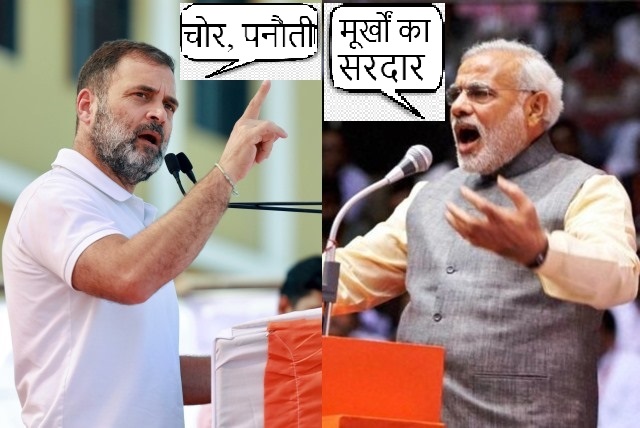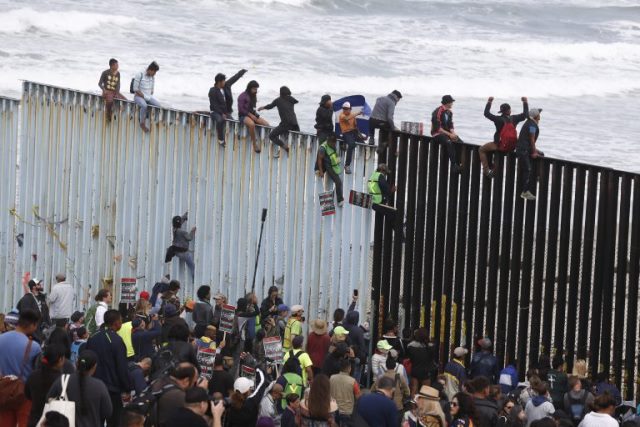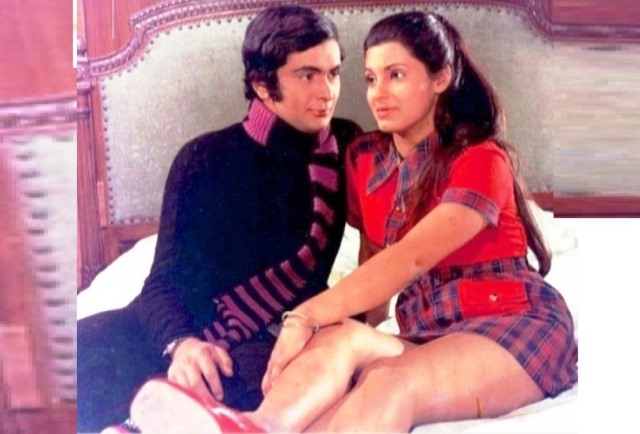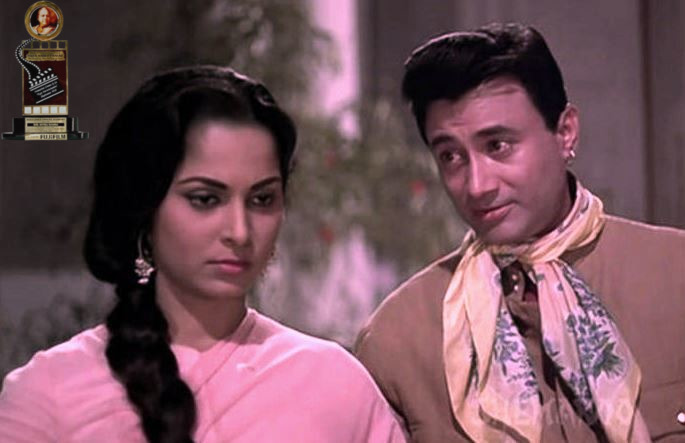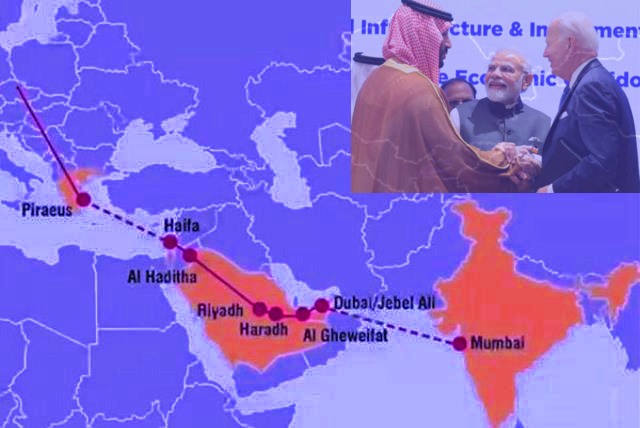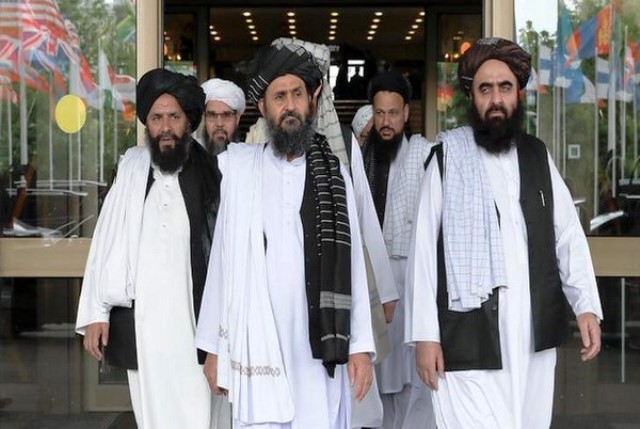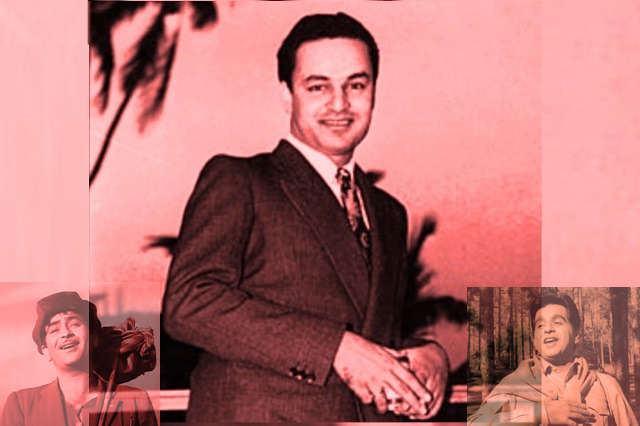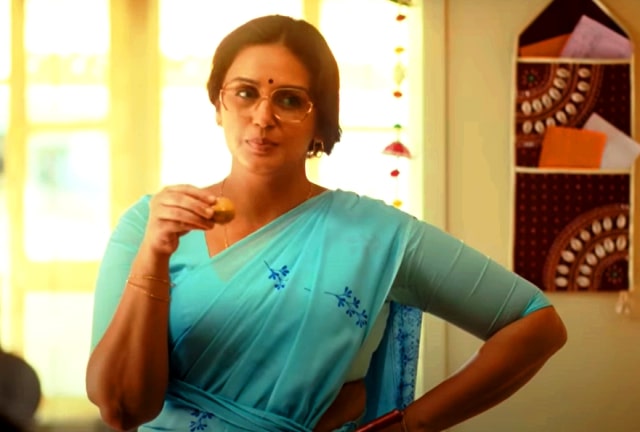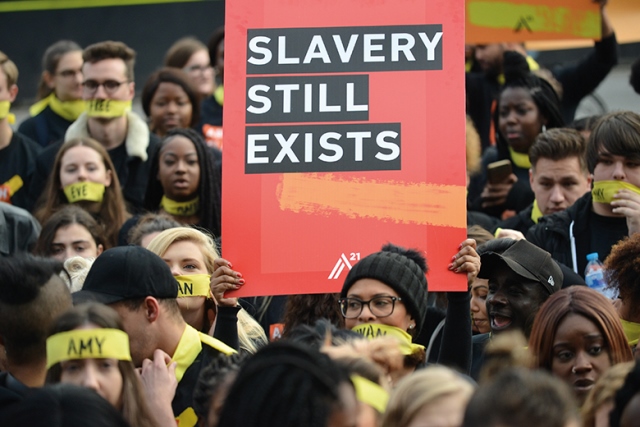Congress leader Rahul Gandhi approvingly responded to the word ‘panauti’, meaning a bad omen, to describe Prime Minister Narendra Modi’s presence at last week’s much-hyped cricket World Cup final that India lost to Australia. It followed Modi’s remark, disapproving of his principal adversary’s criticism of the China policy, calling him ‘murkho ka sardar’ (king of clowns).
This kind of discourse has become normal, adding spurious spice to the public discourse, regaling participants on social media, and getting carried into conference rooms and even family gatherings.
All are culpable. To explore when and how it began would be like the never-ending chicken-or-the-egg argument. But the worst can be feared. The current round of Assembly elections to five states have already set the tone for next summer’s parliamentary polls when the game of decibels – louder the better – will score new heights.
Not the first one though, Modi two decades ago attacked ‘Mian Musharraf’, demonizing a whole community. A decade later, as he sought to burst on the national scene, Congressman Mani Shankar Aiyar belittled him as a mere ‘chaiwala’. It hugely fed Modi’s successful campaign as an underdog seeking to lead the country.
Questions arise about whether smear helps politics and since it touches new depths each time there are elections, win votes. But the answers are bound to degenerate into yet another unseemly debate. Scanning reports of the last ten years and more, it is clear that personal attacks and shrill rhetoric have characterized India’s election speeches during each poll season. Worse, it has entered public life 24×7.
“We don’t mean it,” a politico who shall remain nameless because he is not around to confirm or contradict this defence of public abuse. However, he had no defence of why it was being inflicted on the public. This is no excuse, but it may be an emulation of what is happening in other democracies where, too, racial and sexist slurs are part of the polls campaign. The media and social media spread this venom to promote their readers/viewers’ approval. It’s also a multi-billion business.
Coming from whichever direction, each allegation and response to it is found to be full of half-truths and lies. No slip of the tongue, it is planned and calculated. Even regrets, when pushed hard, are worded as semi-defence, leaving victims to let go in disgust. Matters have gone to already over-burdened courts.
While this helps the ruling party of the day deflect public attention from the bread-jobs-house issues, the opposition, struggling to highlight those issues falls for the same temptations. And whether or not the ruling side is responsible for toxicity in the discourse, the opposition, collectively and individually, fails to match even in this negativity.
ALSO READ: Modi Kicks Off His Campaign For 2024
Despite repeated failures, Rahul Gandhi continues to employ the same old strategy of making everything about Narendra Modi personal. He has himself been the biggest target of personal attacks and abuse. But he seems to think being personal and upfront helps his party. Doubts about it expressed outside the party are ignored and those stating within the party have been silenced.
Gandhi has ended up playing Modi’s game at Modi and has lost badly. His slogans such as ‘Chowkidar Chor Hai’ used with disastrous effect in the 2019 elections have ebbed. But the daily naming of Adani-Ambani only puts off the corporate class. The fact is that both prospered during the times Gandhi’s party was in power. In any case, the corporate class wants and needs Modi and fears his government. Personal attack is bad politics and since no party, especially in the opposition, can do without money, also bad economics.
By contrast, AAP chief Arvind Kejriwal has shed personal attacks, despite being fully besieged, what with many of his aides in jail, many more being pursued and an arrest threat looming over his head. He and his party may be accused of many things, but by and large, not of polluting the discourse.
The ill effect of personal attack and abuse, not just to the opposition but to society as a whole is real. Sharad Pawar has said that Modi is the first prime minister to go to opposition-ruled states for election campaign and launch personal attacks on the chief ministers. Home Minister Amit Shah also doubles down with allegations even as the central investigation agencies are working on them. Pawar calls it a sign of desperation and fear of a loss by the duo, but that may be more of poll rhetoric. The counter to and course correction forced on the government has come from the judiciary, not from the political class.
Modi’s aggressive attacks on his critics, in and out of parliament and with or without elections, have attracted counter-attacks that have tended to be personal. This tit-for-tat has vitiated public discourse. Unsurprisingly, the BJP has accused the opposition of launching “personal attacks” on Modi. The party’s political resolution in January this year accused the Opposition of running “a negative campaign” over several issues against the government and launching “personal attacks” on Modi. The two have been mixed. In a democracy, this is unacceptable.
The BJP and its government would like to term any criticism of the government, even on policy issues, as “personal attacks”. If it is on a foreign policy issue, the party officials have dubbed the critics “anti-national.” This precludes any criticism, however valid and factual.
When it comes to personal attacks, the attacker(s) and the target(s) can vary with time and with the situation. C P Joshi, then a Congressman, had in 2019 said that Modi, belonging to a “low caste and not a Brahmin”, was not qualified to talk of Hinduism. He now heads the BJP in Rajasthan.
Crass political speeches are self-inflicted wounds on the society and the republic that under the Constitution, promises freedom, justice and other noble virtues of public order. The truth is that people as a whole, are not vindictive, communal or sexist. They respond to what is fed to them.
Who will set the standards of a decent public discourse in these polarised times?
The writer can be contacted at mahendraved07@gmil.com
For more details visit us: https://lokmarg.com/
